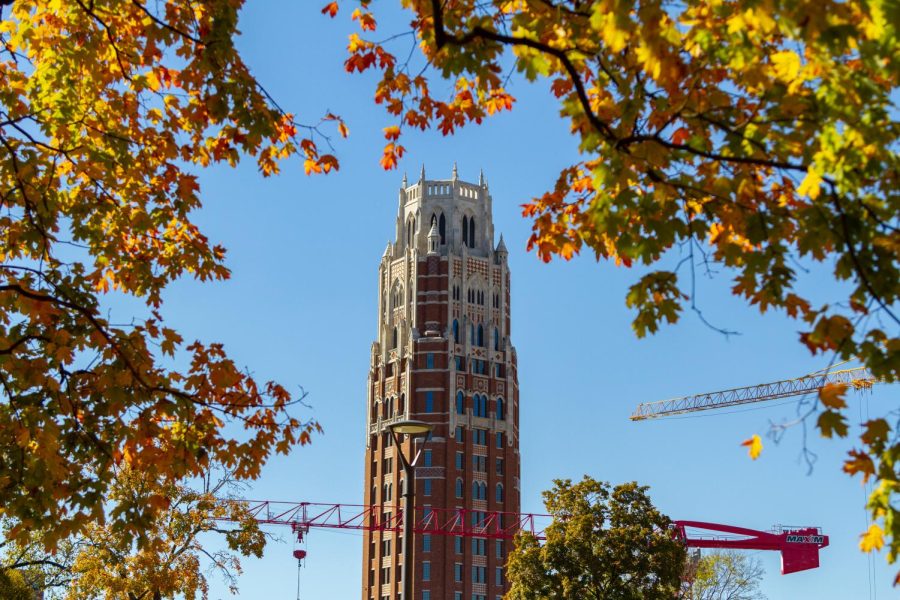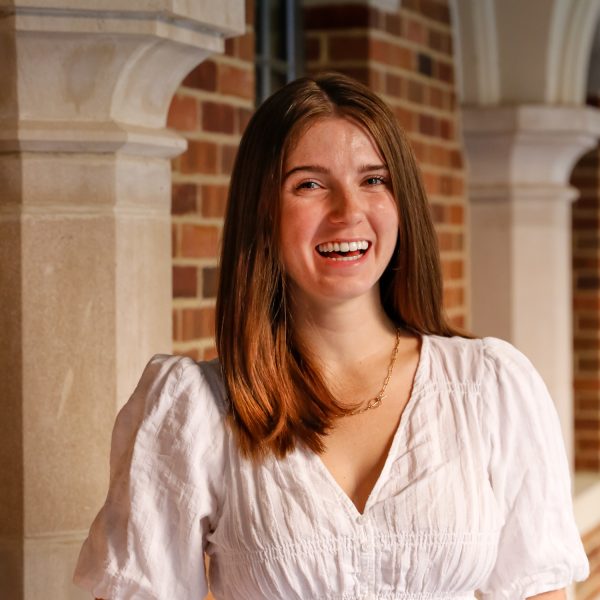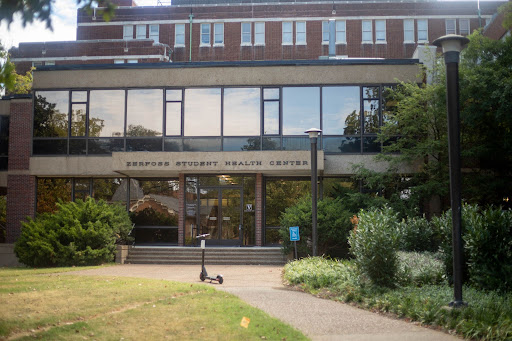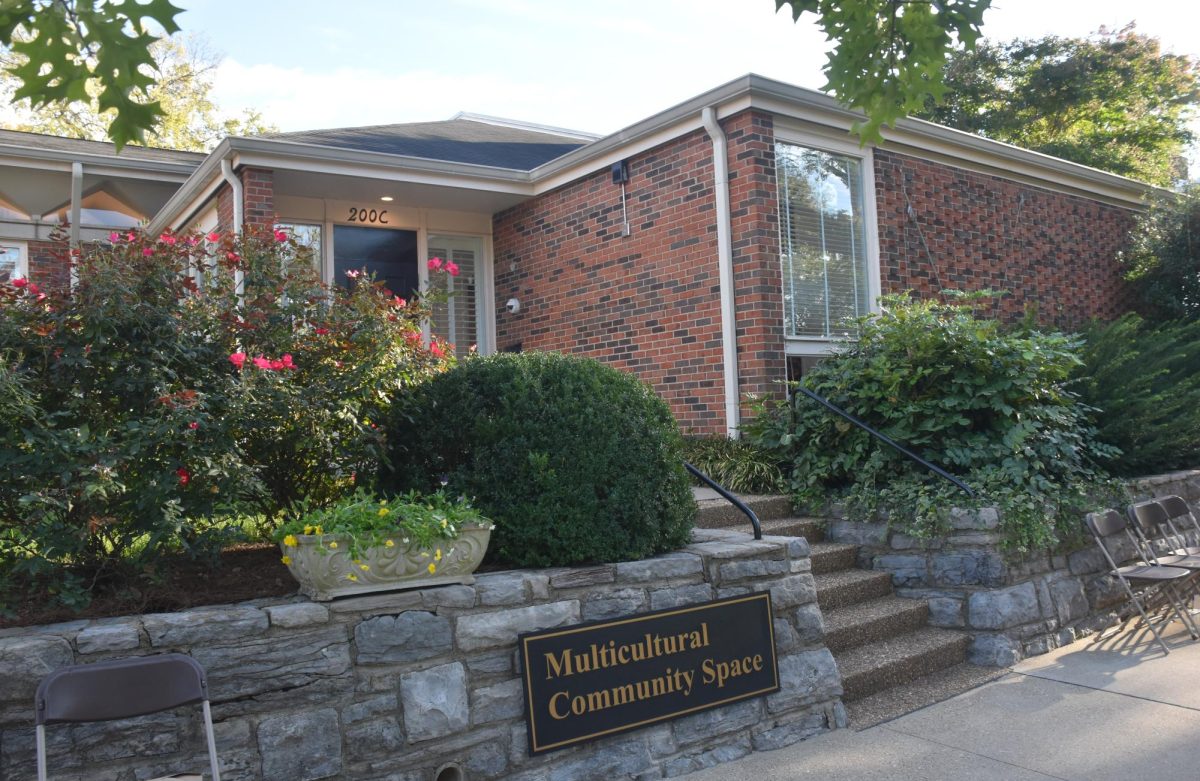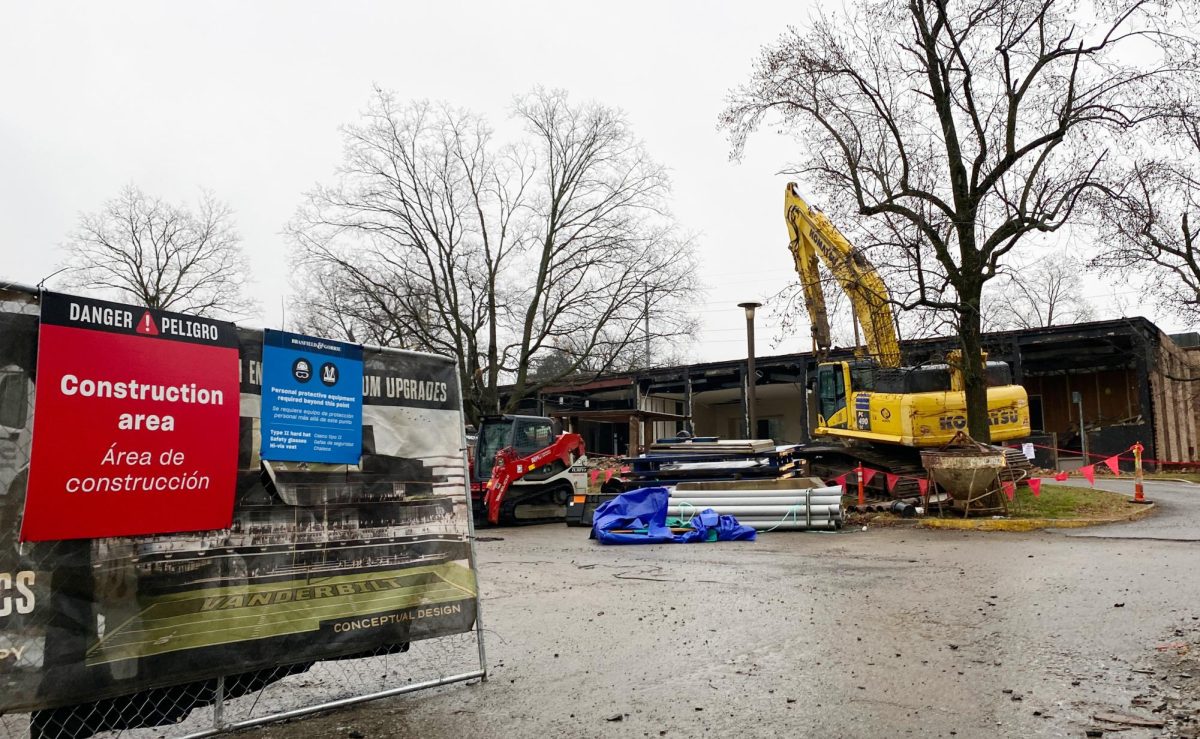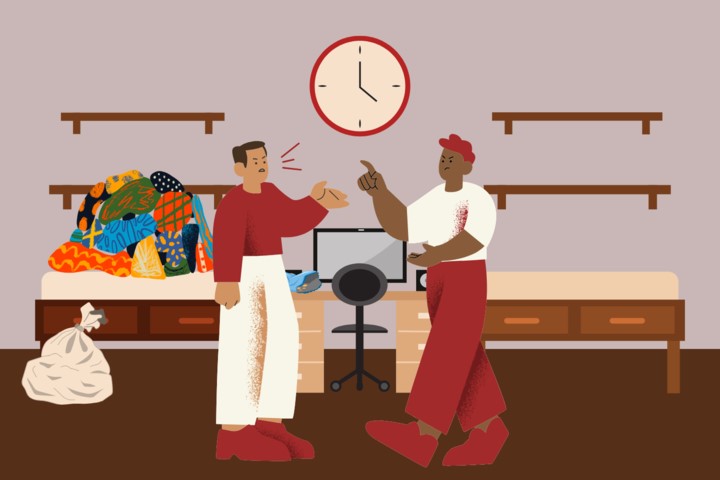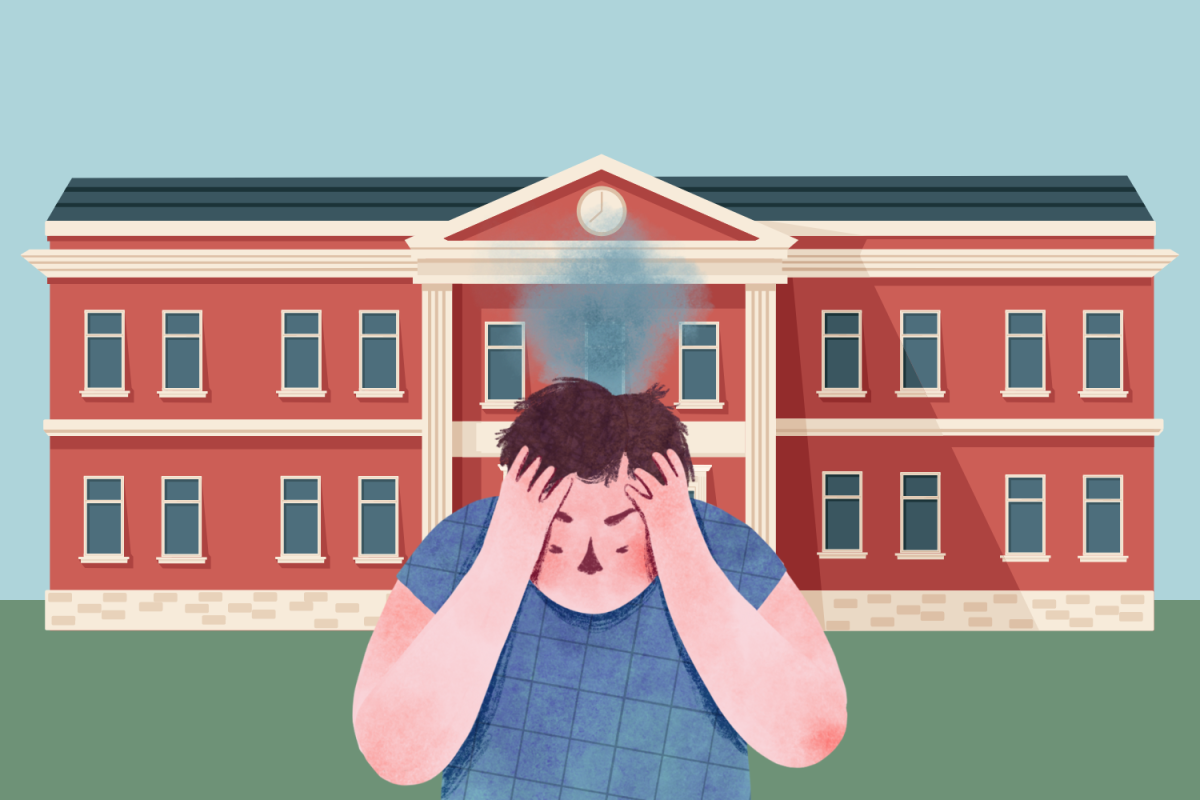UPDATED: This piece was updated on Jan. 14 at 11:10 a.m. CST to include information about quarantine housing.
The 2022-23 housing process will commence on Jan. 10, per a Jan. 7 email from the Office of Housing and Residential Education. The process includes altered residential college and off-campus housing lotteries, additional residence halls and increased housing costs.
The 2022-23 Housing Guide reads that residential colleges will not return to even class cohort allocations due to the addition of Rothschild College. This process ensured that the residential college system housed an equal percentage of sophomores, juniors and seniors and was last implemented in the 2020-21 academic year. Students who lived in a residential college for the first time during the 2020-21 school year will be the only ones to receive returners’ priority to their respective colleges.
“This allows for seniority to drive the process and accommodates any impacts from the COVID-19 pandemic while still providing opportunities for students from all upper-division class cohorts to secure spaces,” the 2022-23 guide reads.
Two additional residence halls will be available in Fall 2022. Rothschild College will house approximately 333 students in singles, doubles and 4-person suites. Blakemore House will also be reopened as on-campus housing rather than on-campus isolation and quarantine housing as it has been for the past two academic years. In a Jan. 13 email to The Hustler, Director of Housing Assignments Alison Matarese said four Mayfield lodges will instead be used for quarantine housing.
Students who lived off campus in the 2021-22 academic year will be granted off-campus authorization if they complete the housing registration form and off-campus housing application, per the guide. Only those students and seniors will be able to request to live off campus, with the former group receiving priority over the latter.
OHARE plans to grant off-campus housing authorization to around 900 students, with around 400 of those students being randomly selected seniors from the second priority group. In a Nov. 10 email, OHARE told The Hustler that there was a “higher than usual” number of students residing off campus in the 2021-22 school year—approximately 1,400. Out of the 20% of undergraduates who resided off campus during the 2021-22 academic year, 36% were juniors and 64% were seniors.
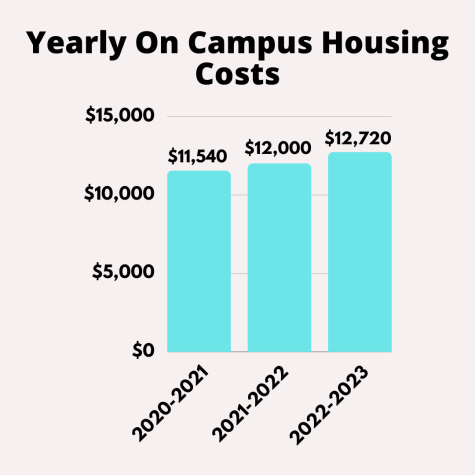
Sophomore Benjamin Sensing, a current resident of Lewis House, said he believes Vanderbilt’s undergraduate residential requirement, which requires students to live on campus, is ineffective and not beneficial to students.
“I have hardly seen any ‘residential community’ in non-freshman housing and see all the new dorms that we are required to live in as a money play,” Sensing said in a message to The Hustler. “If I could live off campus, I could save money on housing as well as food. At the same time, I could live more comfortably and eat better food off campus when compared to on-campus living.”
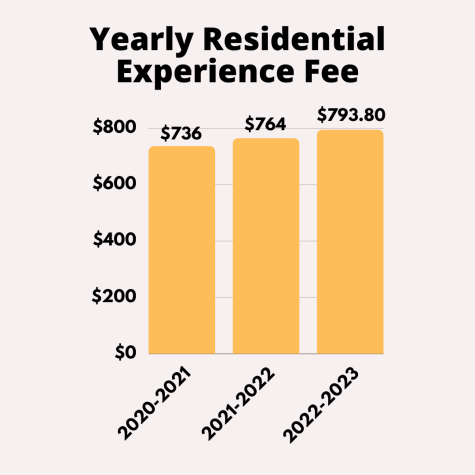
According to the guide, the year-long housing rate will increase by $720 next year to $12,720 and the residential college experience fee will increase by approximately $30 to $793.80. These increases are relatively consistent with those seen in comparing the 2020-21 and 2021-22 school years.
All students must complete the housing registration form in the Student Housing Portal between Jan. 10-14 regardless of whether they plan to reside on or off campus in the 2022-23 academic year. Room selection extends to April 13.
The housing guide did not specify if incoming first-years will be able to choose their roommates. A university-matched first-year roommate process was intended to begin in Fall 2020 to foster inclusivity and diversity. The Class of 2024, instead, did not have roommates due to COVID-19 policies, and the Class of 2025 had the option of choosing with whom to live. However, the Office of the Dean of Students said in a Sept. 20 email to The Hustler that roommate randomization was only temporarily suspended this year due to COVID-19.
“During the pandemic, the importance of permitting students to make personal decisions about with whom to live became evident, especially as it intersects with personal health decisions and sharing vaccination information,” the email reads. “While this was a change from what had previously been announced, the Ingram Commons experience continues to center the larger communities that exist within the ten Residential Houses as well as Visions groups, which allow students to interact daily with students outside of their residential rooms.”
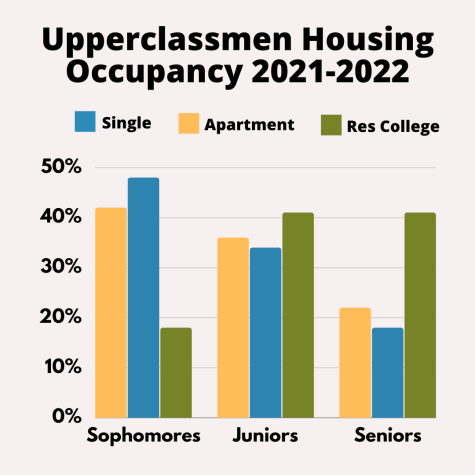
During the 2021-22 school year, sophomores made up 18% of residential college residents, while juniors and seniors made up 41% each, according to an email sent to The Hustler from OHARE.
“In all room selection processes [in 2021] prior to the double room process, if residential college spaces were available for selection, they were heavily the first spaces selected from the available options, as they are very popular,” OHARE told The Hustler. “We also saw heavy interest from sophomores in living in Branscomb, likely due to looking for a more traditional experience following a less than traditional first year due to the COVID-19 pandemic.”
Upperclassmen apartments were occupied by 42% sophomores, 36% juniors and 22% seniors in the 2021-22 academic year. Similarly, 48% of upperclassmen singles were occupied by sophomores, 34% juniors and 18% seniors. OHARE said the distributions of students in these types of housing differed from those of previous years due to more on-campus buildings being made available beginning in Fall 2021.
“We have also added the Village at Vanderbilt Townhouses and South Tower to our inventory of on-campus housing, which led to a change in available room types,” OHARE’s email reads.
OHARE denied The Hustler’s requests for housing statistics for the 2019-20 academic year due to the “quite tedious” nature of retrieving them.
“There are a variety of factors that have contributed to changes in student housing selection, making it difficult to make comparisons to previous years,” their email reads.

